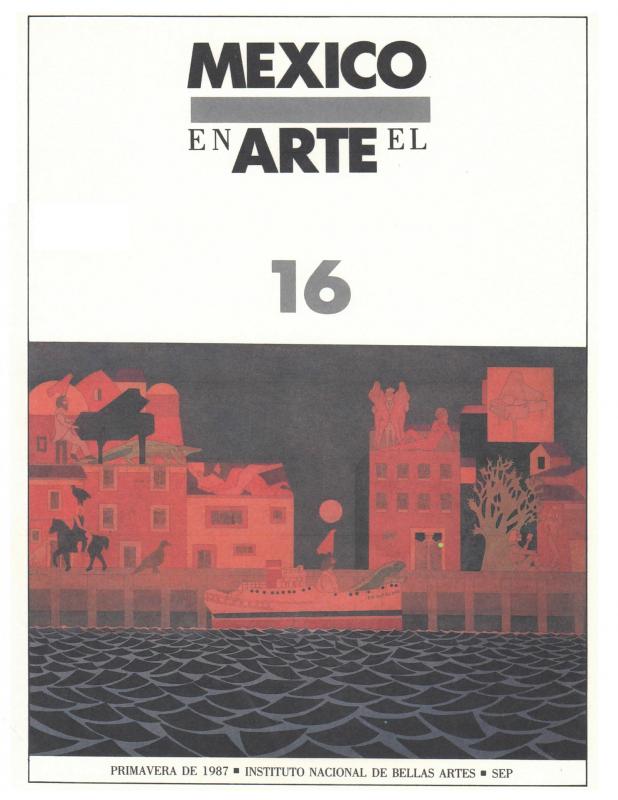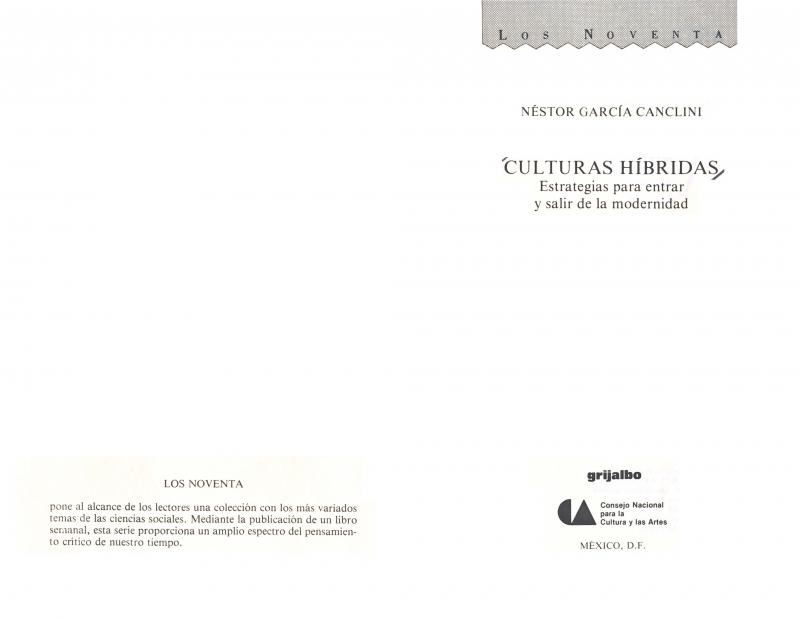In this 1997 catalogue essay, the Cuban-Mexican curator Osvaldo Sánchez attempts to characterize the emerging generation of Mexican artists, who came onto the artistic scene following the eruption of neo-mexicanismo [Neo-Mexicanism] in the 1980s. Sánchez frames this generation within the context of “the prolonged decline of modernity.” In his view, artistic discussions in the postcolonial nations remain trapped in the binary of false oppositions: between nationalist aesthetics and international, derivative Postmodernism; between populist state and global forces of capitalism. According to Sánchez, the youngest generation of Mexican artists productively utilizes the tensions resulting from those dichotomies in order to engage in critical “socio-cultural self-analysis,” presenting an “ironic, nonhierarchical gaze at the cultural heritage of the nation.” The new generation, fueled by immigrant artists and Mexicans trained abroad, rejected painting favored by the work of neo-mexicanismo. Instead, it adopted a more conceptual approach, using sculptural objects and installation as their primary means of expression. Sánchez discusses briefly the work of Boris Viskin, Yishai Jusidman, Silvia Gruner, Melanie Smith, Gerardo Suter, Carlos Arias, Néstor Quiñones, Betsabeé Romero, Diego Toledo, Carlos Aguirre, and Marco Arce, among others.


